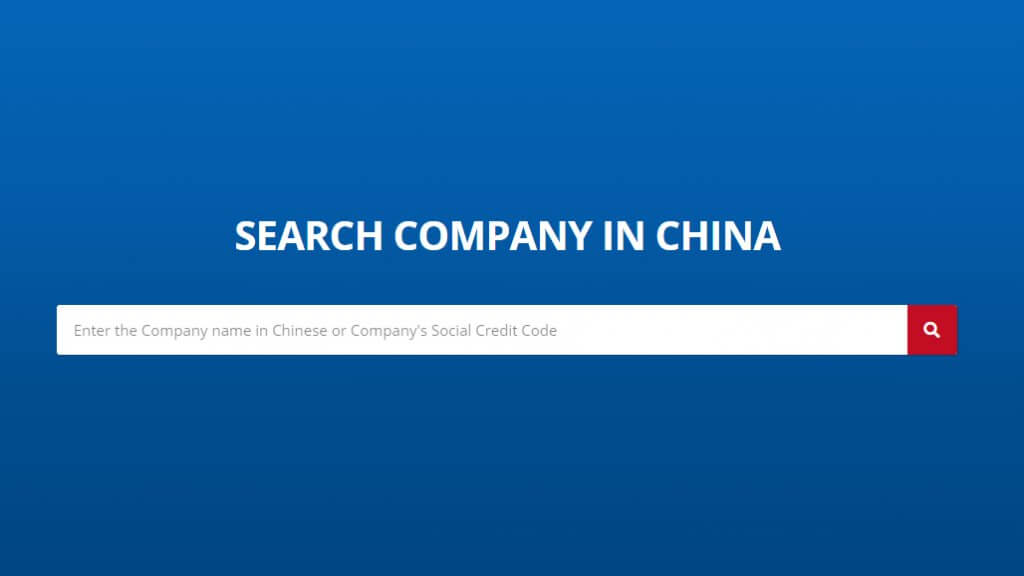Contents
Introduction:
This is a common source of confusion for overseas buyers, brand partners, and even foreign legal advisors: when researching a Chinese company, one English name appears in search results, but the company itself uses a completely different English name on its website, invoice, or customs declaration. Why does a single Chinese company seem to have multiple English names? More importantly, which one can be trusted and legally used?
This article explains the Risks of Chinese Company’s English Name, and why identifying and using the correct version is critical for avoiding contract errors, verifying legal entities, and ensuring compliance in cross-border business.
I. Why Chinese Companies Do Not Have Official English Names—and The Risks of Chinese Company’s English Name
In China, businesses register with the government using only their Chinese name. The administrative system contains no field for an English name, and there are no regulations requiring companies to declare or record one. Even if you have a copy of the company’s business license, you won’t find any “official English name,” because none exists in legal terms.
This differs from jurisdictions where companies are allowed or even required to register bilingual or English names. China’s single-language registration system means that any “English name” you see is not legally binding—it may be self-created by the company, automatically translated by a third-party platform, or simply a guess.
II. The Risks of Relying on Machine-Translated English Names of Chinese Companies
When conducting due diligence on a Chinese company, many people use public information platforms, trade databases, or search engines. These typically display an English name, but that name is often machine-translated from the Chinese name, or derived from its pinyin (romanized pronunciation).
For example, when using GWBMA’s company search via USCC (Unified Social Credit Code) or USCI (Unified Social Credit Identifier), you may find a result that clearly identifies a Chinese company with the Chinese name: “广州高飞实业发展公司.” The platform may automatically provide the English name “Guangzhou Gaofei Industrial Development Co., Ltd.” However, the company may actually use “Gaofei Energy Tech Co., Ltd.” in all business communications.
These platform-generated names are for display convenience only. In reality, the company may never have used them, may not be aware of them, and certainly may not have used them on business cards, invoices, promotional materials, or legal contracts.
Note: The above case is illustrative only and not based on a real company.
III. The Risks of Relying on Machine-Translated English Names of Chinese Companies
Unlike Chinese names, which are restricted by administrative rules and naming regulations, English names are chosen freely. Many Chinese companies create their own English names for use in international trade, product labeling, websites, or marketing. These choices are based on several factors:
1. Brand positioning – They may choose a name that is easy to pronounce, remember, and appeals to an international audience.
Example: “杭州高飞电子有限公司” uses “HighFly Electronics Ltd.”
2. Avoiding clumsy or unclear translations –
A direct translation of “北京高飞科技有限公司” into “Beijing HighFly Technology” may confuse overseas clients. Instead, the company might use “TrustLink Tech Co., Ltd.” for better clarity and image.
3. Trademark or legal conflicts –
Some English names may already be registered as trademarks overseas or used by other companies. To avoid legal issues, Chinese companies will create a different English identity.
4. Founder’s personal preference or historical continuity –
Some English names come from early offshore companies, Hong Kong subsidiaries, or founder names (e.g., Jack Lee Ltd.). These may have little relation to the official Chinese name but are still actively used.
IV. The Legal Boundaries and The Risks of Chinese Company’s English Name
Legally, the only valid name of a Chinese company is its full Chinese name. Even if an English name is widely used, printed on invoices or contracts, it carries no legal authority unless properly linked to the Chinese-registered entity. This means:
- Contracts must clearly state the full Chinese name, or the legal party may be ambiguous or incorrect.
- Companies may freely change or use different English names in public-facing materials without any need for approval or record.
- Even if several English versions are used, as long as the Chinese name is consistent, they still refer to the same legal entity.
In cross-border business, verifying identity must be based on the official Chinese name—not just any English version you happen to find.
V. How to Verify the Real English Name of a Chinese Company and Avoid Risk
To determine which English name a Chinese company actually uses and recognizes, cross-check the following sources:
| Method | Reliability | Notes |
|---|---|---|
| Official company website (Chinese and English) | High | English version usually reflects self-declared brand identity |
| Customs/export records and product packaging | High | Names used for international shipping often reflect actual business name |
| Labels, packaging, and brand tags | High | Often display English trademarks or company names |
| Business cards and brochures | Medium | Typically show the company’s preferred English name |
| Contract and invoice headers | High | These names are most likely to be consistent with official communications |
| Trademark registration records | High | English trademarks registered overseas often show intended branding |
VI. One of the Most Common Mistakes: Misreading the English Name on a Business License
Many foreign clients receive a translated version of a Chinese business license and assume that the English name shown is official. This is incorrect.
Official Chinese licenses are in Chinese only. Any translation is for convenience and has no legal standing. The English name on such translations is typically created by a translator using personal interpretation or dictionary guidance, and is rarely reviewed or approved by the company itself.
Terms like “Technology,” “Industrial,” or “Development” may be translated in various ways: “Tech,” “Sci-Tech,” “Innovations,” etc. These differences can result in misleading or inconsistent naming.
Therefore, you should not copy the translated name directly into contracts or websites. Instead, always verify the name the company actually uses in invoices, its official website, and commercial materials.
VII. The Risks of Chinese Company’s English Name: Legal, Financial, and Trademark Dangers
If a foreign company uses the incorrect English name of a Chinese company in a contract or payment document, it may encounter serious problems:
- Unclear legal party in contracts –
If the English name doesn’t match the Chinese legal entity, the contract may be challenged or invalid in arbitration or court. - Bank transfer issues –
If the English name listed doesn’t match the name on the company’s bank account, international payments may be delayed, rejected, or frozen. - Intellectual property conflicts –
If the English name doesn’t match the trademark holder, there may be issues in brand licensing, enforcement, or global filings. - Fraud or identity confusion –
Some English names may already be registered abroad. Using an unofficial or machine-generated name may increase the risk of fraud or mistaken identity during business expansion.
VIII. Practical Advice to Manage The Risks of Chinese Company’s English Name in Contracts
To minimize risks when drafting documents involving the risks of Chinese company’s English Name, follow these best practices:
- Always include the full Chinese legal name in contracts, invoices, and payment instructions (including “有限公司” or “有限责任公司”).
- If the company uses a specific English name, list it alongside the Chinese name as a reference:
“北京高飞能源科技有限公司 (HighFly Energy Tech Co., Ltd.)”
- Attach supporting evidence such as business cards, website screenshots, or invoice headers that show the English name in actual use.
- Confirm the name directly with the company, especially in banking, trademark, or customs contexts.
Conclusion:
The Risks of Chinese Company’s English Name are real and often overlooked. English names used by Chinese companies are not legally registered, may vary by situation, and can be changed at will. They serve as branding tools, not legal identifiers. Ultimately, the Chinese company’s legal identity is defined only by its Chinese name. The English name is a representation, not the legal entity.



